Doing Gender in Media, Art and Culture: A Comprehensive Guide to Gender Studies
Rosemarie Buikema, Liedeke Plate and Kathrin Thiele
Book
Doing Gender in Media, Art and Culture is a comprehensive gender studies textbook with an...
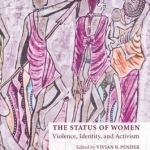
Status of Women: Violence, Identity, and Activism
Book
This book examines the current status of women. It consists of a collection of papers that focus on...
The Social Construction of Sexual Harassment Law: The Role of the National, Organizational and Individual Context
Book
This title was first published in 2001. The global legal landscape is littered with attempts to...

Genus Syzygium: Syzygium Cumini and Other Underutilized Species
Book
Syzygium is a well-known source of the globally traded clove as well as the widely cultivated...

Idioms of Sami Health and Healing
Barbara Helen Miller, Stein R. Mathisen, Anne Karen Haetta and Marit Myrvoll
Book
The Sami-indigenous people of northernmost Europe-have relied on traditional healing methods over...
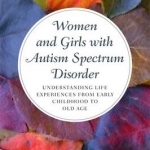
Women and Girls with Autism Spectrum Disorder: Understanding Life Experiences from Early Childhood to Old Age
Sarah Hendrickx and Judith Gould
Book
The difference that being female makes to the diagnosis, life and experiences of a person with an...

Brexit: Why Britain Voted to Leave the European Union
Harold D. Clarke, Matthew Goodwin and Paul F. Whiteley
Book
In June 2016, the United Kingdom shocked the world by voting to leave the European Union. As this...
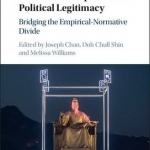
East Asian Perspectives on Political Legitimacy: Bridging the Empirical-Normative Divide
Joseph Chan, Doh Chull Shin and Melissa Williams
Book
What makes a government legitimate? Why do people voluntarily comply with laws, even when no one is...
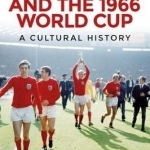
England and the 1966 World Cup: A Cultural History
Book
England and the 1966 World Cup presents a cultural analysis of what is considered a key 'moment of...
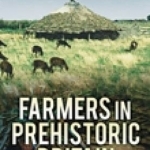
Farmers in Prehistoric Britain
Book
Francis Pryor - regular contributor on Channel 4's "Time Team" and the man behind the "Britain BC"...
